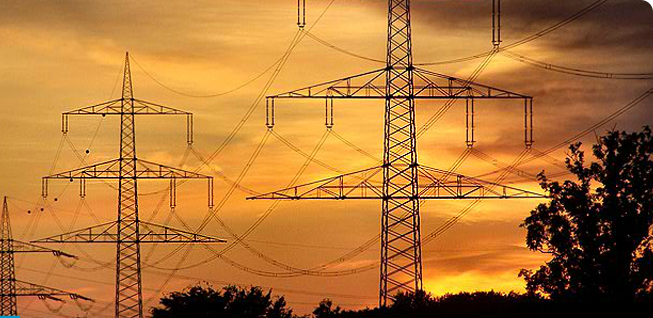Hydraulic Fracturing Summery Findings
Michigan Department of Natural Resources
HYDRAULIC FRACTURING OF NATURAL GAS WELLS IN MICHIGAN
Description
Natural gas production from hydrocarbon rich shale rock formations, known as “shale gas,” is one of the most rapidly expanding trends in onshore domestic gas exploration and production.
Shale gas reservoirs are not conventional ones as normally seen in oil and gas development. The gas is more tightly locked into these shale gas reservoirs and its development relies on hydraulic fracturing (“hydrofracking,” or “fracking”). Hydraulic fracturing is a one-time procedure that is part of the completion of some types of oil or natural gas wells. More recently, horizontal drilling is being utilized, particularly in the deeper gas reservoirs. The purpose of both of these technologies is the same: to increase exposure of more reservoir rock formation to the well bore to maximize gas production.
Horizontal drilling has been used commercially since the 1980s but has not been widely applied for natural gas development until recent years. Hydraulic fracturing has been utilized throughout the United States for more than 60 years. In Michigan, since the 1960s, more than 12,000 wells have been hydraulically fractured. Most of these are Antrim Shale Formation gas wells in the northern Lower Peninsula.
Hydraulic fracturing involves pumping water at high pressure to create fractures in reservoir rock that allow the oil or natural gas to flow more freely to the well bore. Proppants, usually silica sand, are added to the water to hold the fractures open once they are created. After a hydraulic fracture treatment, when the pumping pressure has been relieved from the well, the water???based fracturing fluid begins to flow back through the well casing to the wellhead. Typically, 25 to 75 percent of the hydraulic fracturing fluid is recovered initially as “flowback” water. The rest remains in the gas-bearing formation or is recovered over time along with the gas that is produced.
Regulation of Hydraulic Fracturing
Michigan has comprehensive laws and rules, enforced by the Michigan Department of
Environmental Quality (DEQ), that regulate hydraulic fracturing as well as every other aspect of oil and gas drilling and production. The DEQ has not found any cases where hydraulic fracturing has caused adverse impacts to the environment or public health in Michigan.
National Academy of Science:
Robert Jackson of Duke University, who led the study published online May 9 in Proceedings of the National Academy of Sciences.
“We found no evidence for contamination of drinking-water samples with deep saline brines or fracturing fluids.”
Ohio Department of Natural Resources:
Hydraulic fracturing began in Ohio in the 1950s. Most wells drilled and completed today are completed by hydraulic fracturing operations. Most of these wells are vertical wells. Although an estimated 80,000 wells have been fractured in Ohio, state agencies have not identified a single instance where groundwater has been contaminated by hydraulic fracturing operations.
New York State Department of Environmental Conservation
A supporting study for this dSGEIS concludes that it is highly unlikely that groundwater
contamination would occur by fluids escaping from the wellbore for hydraulic fracturing. The 2009 dSGEIS further observes that regulatory officials from 15 states recently testified that groundwater contamination as a result of the hydraulic fracturing process in the tight formation itself has not occurred.
Well construction associated with high-volume hydraulic fracturing presents no new significant adverse impacts with regard to potential gas migration.
United States Department of Environmental Protection:
EPA also reviewed incidents of drinking water well contamination believed to be associated with hydraulic fracturing and found no confirmed cases that are linked to fracturing fluid injection into coalbed methane wells or subsequent underground movement of fracturing fluids. Although thousands of coalbed methane wells are fractured annually, EPA did not find confirmed evidence that drinking water wells have been contaminated by hydraulic fracturing fluid injection into coalbed methane wells.
Pennsylvania Department of Environmental Protection
The safety of hydraulic fracturing is well documented, with zero confirmed cases of groundwater contamination in 1 million applications over 60 years. According to Pennsylvania Department of Environmental Protection's Bureau of Oil and Gas Management director, we’ve never seen an impact to fresh groundwater directly from fracking
For additional reading regarding the facts about Hydraulic Fracturing and the film “Gasland” by film producer and New York stage director, Josh Fox:




